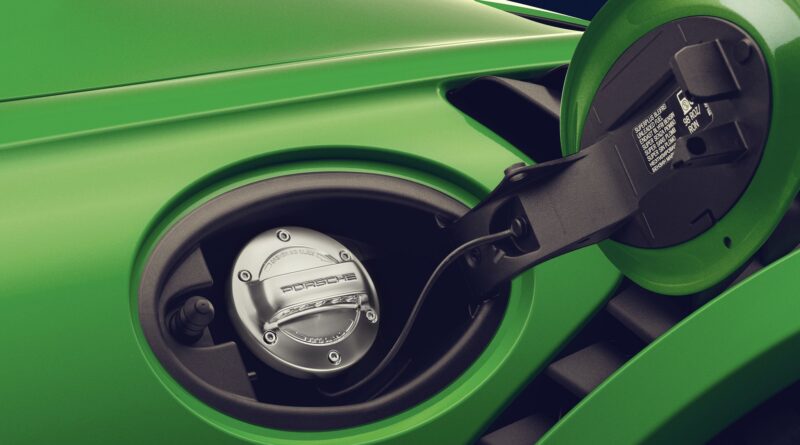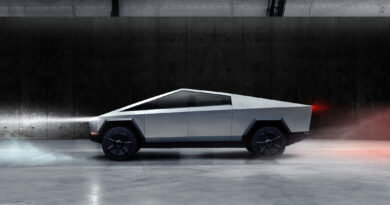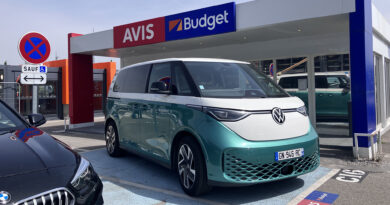Why Porsche’s e-fuel from renewables doesn’t stack up
Question. What is the stupidest thing you can do with a wind turbine?
Answer: Use it to make fuel.
Making synthetic fuel is an insanely inefficient process that wastes power better put to other uses… and one that Porsche is supporting to the tune of roughly $30 million.
Maybe you’ve already heard that the German brand, part of the gigantic Volkswagen Group, is promoting the use of what it calls “e-fuel”. This stuff is ultra-pure petrol completely compatible with existing internal-combustion engines.
Next year a facility being built in the south of Chile, where it’s very windy and so super-suitable for wind turbines, will begin making e-fuel. Porsche will be the main customer. Production from the pilot stage of the Haru Oni Project, as it’s known, will be modest. But there’s a two-step plan to rapidly ramp up the number of litres to fairly significant amounts.
To understand why e-fuel is such an awful idea you first need to know a little about how it’s made. I’ll make this as quick and painless as possible.
The venture Porsche is supporting uses a well-proven process discovered and developed by oil company ExxonMobil in the 1970s. It converts methanol, also known as methyl alcohol or wood alcohol, into synthetic petrol. Methanol is a colourless and flammable liquid. Unlike ethanol, the most important ingredient in your bottle of wine or stubbie of beer, methanol is a bit poisonous and should not be drunk. Where the e-fuel process differs is the way the methanol feedstock is made.
Methanol is a chemical industry commodity, with around 20 million tonnes produced each year. The usual way of making the stuff is by converting methane, otherwise known as natural gas. The Haru Oni project instead will obtain the hydrogen and carbon atoms that are the building blocks of a methanol molecule from water and air. Using electricity. Lots of it.
Wind turbine power will break down water to unlock hydrogen. It will collect carbon dioxide from the 400 parts per million (and rising!) present in the air and break that down to unlock carbon. It will drive the process of sticking them together to form methanol. And yet more electricity will be consumed to run the methanol to petrol part of the process.
None of these steps, by the way, is 100 percent efficient. Hydrogen obtained through electrolysis, breaking down water, contains only 60 to 70 percent as much energy as the electricity needed to create it, for example.
By now you’ve probably figured out what the “e” in e-fuel stands for. The stuff is basically highly concentrated liquid electricity. And it’s sure to be priced to reflect this fact.
The internal-combustion engine isn’t a remarkably efficient device. Burning precious and costly e-fuel in an internal-combustion engine will waste at least 60 percent of the energy it contains as useless heat.
If all the electricity spent to make e-fuel was instead used to recharge an EV it would drive around four times as far as an ICE-powered car burning Porsche’s miracle fuel.
There’s a place for e-fuel in our future transport mix. There are modes of transport that can only be made clean and climate neutral by using synthetic fuels or bio fuels made using renewable energy. Jet-powered aircraft is the most obvious one.
But cars? The EV can do that job pretty well and much more efficiently right now. And they’re rapidly getting both better and more affordable.
There is no shortage of other intelligent ways to utilise renewable electricity. Why not use those wind turbines to replace power provided by dirty coal-fired power stations? Or why not use the hydrogen created for e-fuel production to run fuel-cell EVs?
Whether viewed up close or as part of the bigger picture, e-fuel is a simply wonderful way to pointlessly piss away power that could be used to do many much smarter things. But Porsche instead sees it as a way to keep its iconic 911 singing away with six-cylinder power for decades to come.
Still, there’s one thing e-fuel does superbly. It provides the definitive answer to that important question… “What’s the stupidest thing you can do with a wind turbine?”.




